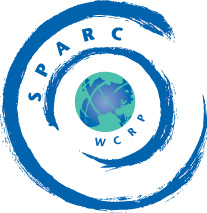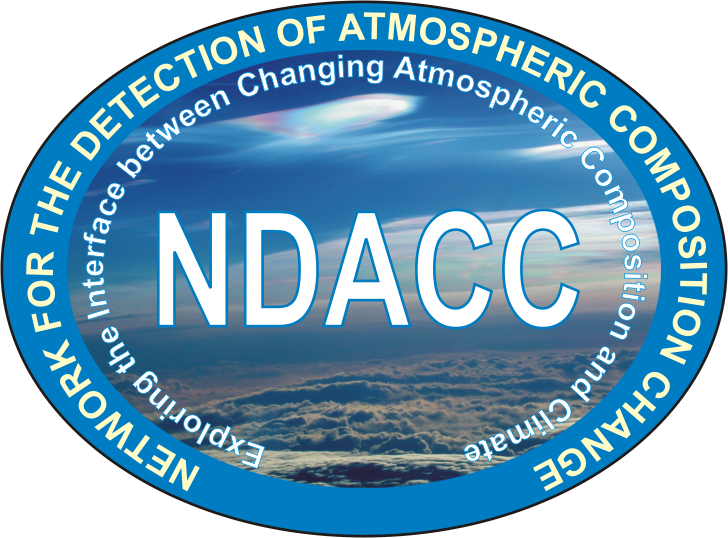Activity on Past changes in the Vertical Distribution of Ozone
Over three and a half decades have passed since Molina and Rowland postulated that anthropogenic chlorofluorocarbons could deplete the ozone layer (Molina and Rowland, 1975), and over two and a half decades have passed since the discovery of the ozone hole (Farman et al., 1985). In this time, the countries of the world have produced and signed the Montreal Protocol limiting the production of ozone-depleting substances (ODSs), and leading to reductions in their atmospheric concentrations (WMO, 2011).. As we proceed towards the expected ozone recovery from the influences of ODSs, scientific questions concerning the detection and attribution of that recovery have come to the fore. Answering many of these questions will require a critical examination of the pattern and time sequence of ozone change. Thus, accurate knowledge of the altitude, latitude, and seasonal structure of the ozone response is required. It is also critical that the quality of the measurements used is as high as possible, and that the quality is known.
A workshop to discuss how to improve our knowledge and understanding of the past changes in the vertical distribution of ozone was held at WMO in Geneva on January 25-27, 2011. It covered the following topics:
- Satellite data retrieval, quality and records
- Ground-based measurements (ozonesonde, lidars, Umkehr...) retrieval, quality and records
- Procedures for merging ozone measurements from different sources
- Definition of SPARC/IO3C/IGACO initiative
An action plan was developed with the aim of providing much improved knowledge of ozone changes for the UNEP/WMO Assessment expected in 2014. The motivation and an overview of the plans were presented to the SPARC Steering Group the following week (pdf). This website will provide information about the activities that occur between 2011-2013.
There is a real need for better information about the long-term changes in ozone as well as in ozone's response to climate variability. A flexible plan was agreed upon in Geneva, which allows us to respond to the results from the first year's diverse activities and to re-define the priorities and the plans. The working groups discussed their findings at a second workshop held in April 2012 in Columbia, MD, USA (progress report in pdf). The aim of the second workshop was to create a clear plan for the second half of the SI2N ozone initiative so that the findings can be used in the preparation of the next WMO Ozone Assessment. For more information, see the SPARC newsletter article on the new initiative on past changes in the vertical distribution of ozone.
The research and outcomes of the SI2N acitivites are reported in joint special issue of ACP, AMT and ESSD: http://www.atmos-chem-phys.net/special_issue284.html
Three overview papers summarize the results:
- Hassler et al, Past changes in the vertical distribution of ozone – Part 1: Measurement techniques, uncertainties and availability, Atmos. Meas. Tech., 7, 1395-1427, 2014
http://www.atmos-meas-tech.net/7/1395/2014/ - Lambert, J.-C., et al.: Past changes in the Vertical Distribution of Ozone – Part II: Measurement Intercomparisons, in preparation,
- Harris et al, Past changes in the vertical distribution of ozone – Part 3: Analysis and interpretation of trend, Atmos. Chem. Phys., 15, 9965-9982, 2015
http://www.atmos-chem-phys.net/15/9965/2015/


